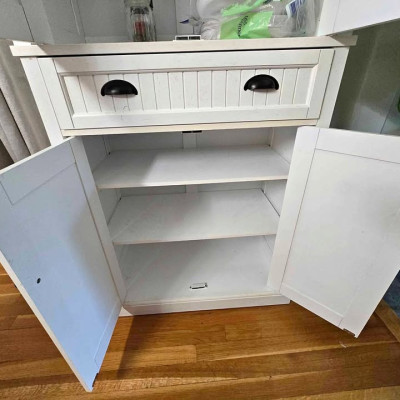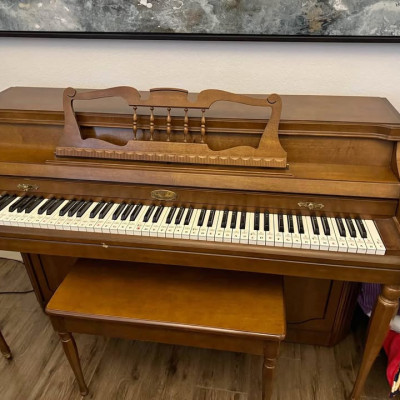Northern Lights: A Mesmerizing Dance of Colors in the Night Sky! ?
Northern Lights: A Mesmerizing Dance of Colors in the Night Sky! 🌌
The Northern Lights, or Aurora Borealis, are one of nature’s most spectacular phenomena, captivating observers with their ethereal dance of colors in the night sky. These mesmerizing lights have fascinated people for centuries, inspiring myths, legends, and a deep sense of wonder. As the curtain of night is drawn back, the Northern Lights perform a breathtaking ballet of greens, purples, and reds, creating a celestial show that’s truly unforgettable. Here’s a closer look at this natural wonder and how you can experience its magical display.
What Are the Northern Lights?
The Northern Lights are a natural light display predominantly seen in high-latitude regions around the Arctic and Antarctic. They occur when charged particles from the Sun interact with Earth’s magnetic field, creating a vibrant display of colors in the upper atmosphere. This interaction primarily takes place in the thermosphere, where the particles collide with gases like oxygen and nitrogen, producing the stunning light show.
How Are the Northern Lights Formed?
The formation of the Northern Lights involves several key processes:
Solar Wind: The Sun continuously emits a stream of charged particles known as solar wind. When this wind reaches Earth, it can disturb the planet’s magnetic field.
Magnetic Field Interaction: Earth’s magnetic field funnels these charged particles toward the polar regions. As they travel along the magnetic field lines, they reach the upper atmosphere.
Atmospheric Collision: When these charged particles collide with gases in the atmosphere, such as oxygen and nitrogen, they cause the gases to emit light. This is what creates the colorful display in the sky.
Colors of the Northern Lights
The colors of the Northern Lights are influenced by the type of gas involved and the altitude at which the collisions occur:
Green: The most common color, produced by oxygen molecules located about 30 to 60 miles above Earth.
Red: Created by high-altitude oxygen, up to 200 miles above the Earth’s surface.
Purple and Pink: Result from nitrogen molecules and are often seen at lower altitudes.
Blue: Produced by ionized nitrogen at higher altitudes.
Where to See the Northern Lights
The best locations to view the Northern Lights are typically found in high-latitude regions near the Arctic Circle. Some of the top destinations include:
Iceland: Known for its dramatic landscapes and low light pollution, Iceland offers excellent viewing opportunities. Popular spots include Reykjavik, the Golden Circle, and the remote countryside.
Norway: The Northern Lights are visible in northern Norway, particularly in Tromsø and the Lofoten Islands. The country’s clear skies and stunning fjords provide a picturesque backdrop.
Sweden: Abisko National Park in Swedish Lapland is renowned for its clear skies and consistent aurora displays. The nearby Aurora Sky Station offers guided tours for the best experience.
Finland: The northern regions, including Rovaniemi and the Kakslauttanen Arctic Resort, offer prime viewing opportunities and unique glass igloos for a cozy experience.
Canada: The Yukon, particularly around Whitehorse, and parts of Northern British Columbia provide excellent viewing conditions. The clear, cold nights of winter are ideal for aurora watching.
Alaska: Fairbanks is one of the best places in the U.S. to see the Northern Lights, with frequent aurora displays during the winter months.
Best Times to View the Northern Lights
The Northern Lights are most commonly observed during the winter months, from late September to early April, when the nights are longest and skies are darkest. The best viewing times are usually between 9 PM and 2 AM, although displays can occur at any time during the night. To maximize your chances:
Check the Solar Activity: High solar activity increases the likelihood of seeing the Northern Lights. Websites and apps provide forecasts and alerts for aurora activity.
Find Dark Skies: Avoid light pollution by heading to remote areas away from city lights. Clear, dark skies are essential for viewing the auroras.
Tips for Photographing the Northern Lights
Capturing the Northern Lights on camera can be a rewarding experience. Here are some tips for photographing this celestial phenomenon:
Use a Tripod: A stable tripod is essential for long-exposure shots.
Camera Settings: Set your camera to manual mode, use a wide-angle lens, and adjust the aperture to f/2.8 or lower. Increase the ISO to around 1600 to 3200 and experiment with exposure times.
Focus: Focus on a distant light or star before starting your shoot to ensure sharp images.
Patience: The Northern Lights can be unpredictable, so be prepared to wait and watch for the best display.
Experiencing the Magic of the Northern Lights
Experiencing the Northern Lights is more than just watching a natural light show; it’s an immersive journey into the wonders of our planet and the universe. The vibrant colors, the sense of scale, and the beauty of the night sky all combine to create a truly magical experience. Whether you’re a seasoned traveler or a curious stargazer, witnessing the Northern Lights is an unforgettable adventure that will leave you with memories to cherish for a lifetime.
Conclusion
The Northern Lights are a mesmerizing dance of colors that light up the night sky with their celestial beauty. From their formation and colors to the best viewing locations and photography tips, understanding the Northern Lights enhances the experience of witnessing this natural wonder. As you gaze up at the shimmering auroras, you’ll be reminded of the vast and awe-inspiring universe that surrounds us, making every moment beneath the Northern Lights a truly unforgettable experience.
Gefällt mir
Kommentar
Teilen





